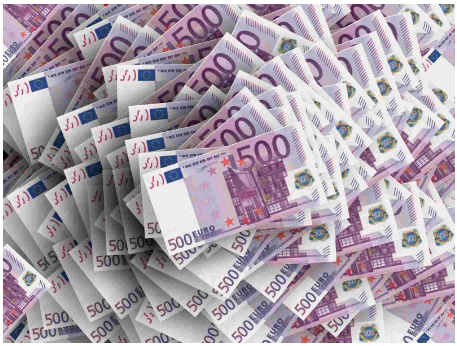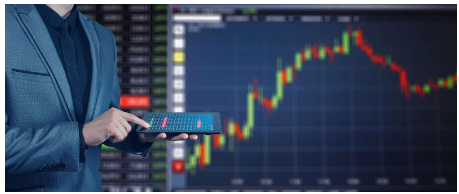
The euro (EUR) and the US dollar (USD), two of the world’s strongest currencies, have been locked in an intricate dance over the last few years as the economies of both the Eurozone and the U.S. improved. Despite their market dominance, the EUR and USD have had their ups and downs but continue to impact the market on various levels.
EUR/USD Price History
The amount of USD required to buy one EUR relays a lot of information about the state of the US economy and international companies doing business within and outside the US and the Eurozone. Over the last decade, the EUR has remained slightly ahead of the USD.
Since its introduction in the ’90s, the EUR has cycled from strong to weak amidst various economic conditions within the Eurozone. However, it has largely stabilized over the last decade to become a significant currency. The USD — the world’s reserve currency — still holds a prime position in the market despite ranking outside the top five strongest currencies. The US economy has also experienced several challenges over the last decade, but government policies are driving much-needed developments to stabilize inflation and stimulate growth. The EUR-USD exchange rate is one of the most followed by investors, travelers, and the financial world.
How the EUR/USD Rate Is Quoted
The EUR/USD quote informs us of the price tag of the EUR in USD, showing the EUR first in the quote and the USD second. This practice goes back to the early days when the EUR was introduced and was quoted against the USD and other currencies.
The EUR/USD pair trades at 1.09251 currently, as the price seeks to break the 1.10956 resistance level. The monthly chart shows the USD respecting the support zone around 1.07987, coming off a three-month high against a basket of currencies. Both currencies also recorded gains against the GBP and JPY in recent months.
What the EUR/USD Rate Means
Investors stepped up buying the USD following the interest rates announcement in the summer of 2023, which saw the US hit its highest rate at 5.5%. The U.S. Federal Reserve Bank has a stable rate for the near future but will cut it in 2024. The EUR/USD rate means that investors may be slowing the demand for the USD as they await further developments by the apex American bank.
A higher rate means the EUR is stronger, and there’s more demand for the currency. Countries in the Eurozone enjoy lower borrowing costs in USD, less expensive imports, and greater profits for exports. This translates to a more robust Eurozone economy as local businesses can generate more revenue, remit higher taxes, and decrease unemployment.
Although the USD trades slightly lower against the EUR, the US economy is close to the Eurozone in terms of economic strength. In fact, the Eurozone economy recorded a 0.5% growth for 2023, while the US economy grew 2.5% in the same period, and the US consumer price index (CPI) increased 0.4% in February, indicating a bullish economy.

Factors Impacting the EUR/USD Rate
Three major elements are driving the EUR/USD exchange rate.
Central Banks
The U.S. Federal Reserve Bank and the European Central Bank (ECB) control the market value of their respective currencies through various policies, especially the monetary policy. The base interest rate set by the apex banks influences investors’ decision to buy more currencies or sell off for safer assets. The banks may cut interest rates in the coming months to balance aspects of the economy. In a speech in Frankfurt, the European Central Bank’s chief, Christine Lagarde, hinted at rate cuts in 2024, saying, “By June, we will have a new set of projections that will confirm whether the inflation path we foresaw in our March forecast remains valid.”
Global Events
Geopolitical events also impact the exchange rate of the EUR/USD pair; events with negative impacts in the Eurozone may force investors to abandon the currency and seek refuge with the USD, and vice-versa. The energy crisis in the Eurozone from 2021 to 2022 sent gas and electricity prices through the roof, increasing the cost of living. Regional unrest also impacts the exchange rate as investors lose confidence in either currency and switch to safer alternatives.

Economy of the Eurozone and the US
Economic indicators such as GDP, inflation, commodity prices, CPI, unemployment data, production and manufacturing statistics, economic growth, and labor market statistics are major determinants of the financial conditions of any country. The Eurozone and US economies impact the exchange value of their respective currencies by influencing how local and international investors perceive their strength. Stronger economies naturally strengthen the currency.
A Powerful Indicator of Global Economic Strength
The EUR/USD exchange rate is a closely watched economic indicator that reflects the relative strength of the Eurozone and U.S. economies. As two of the world’s most influential currencies, fluctuations in the EUR/USD rate have far-reaching implications for international trade, investments, and the overall financial markets.
While the current exchange rate suggests a slightly stronger euro than the U.S. dollar, both currencies remain powerhouses in the global economy.
Leave a Reply